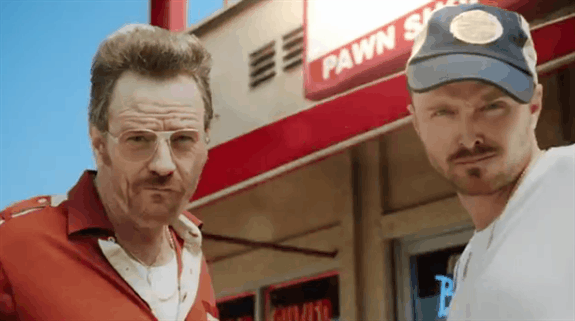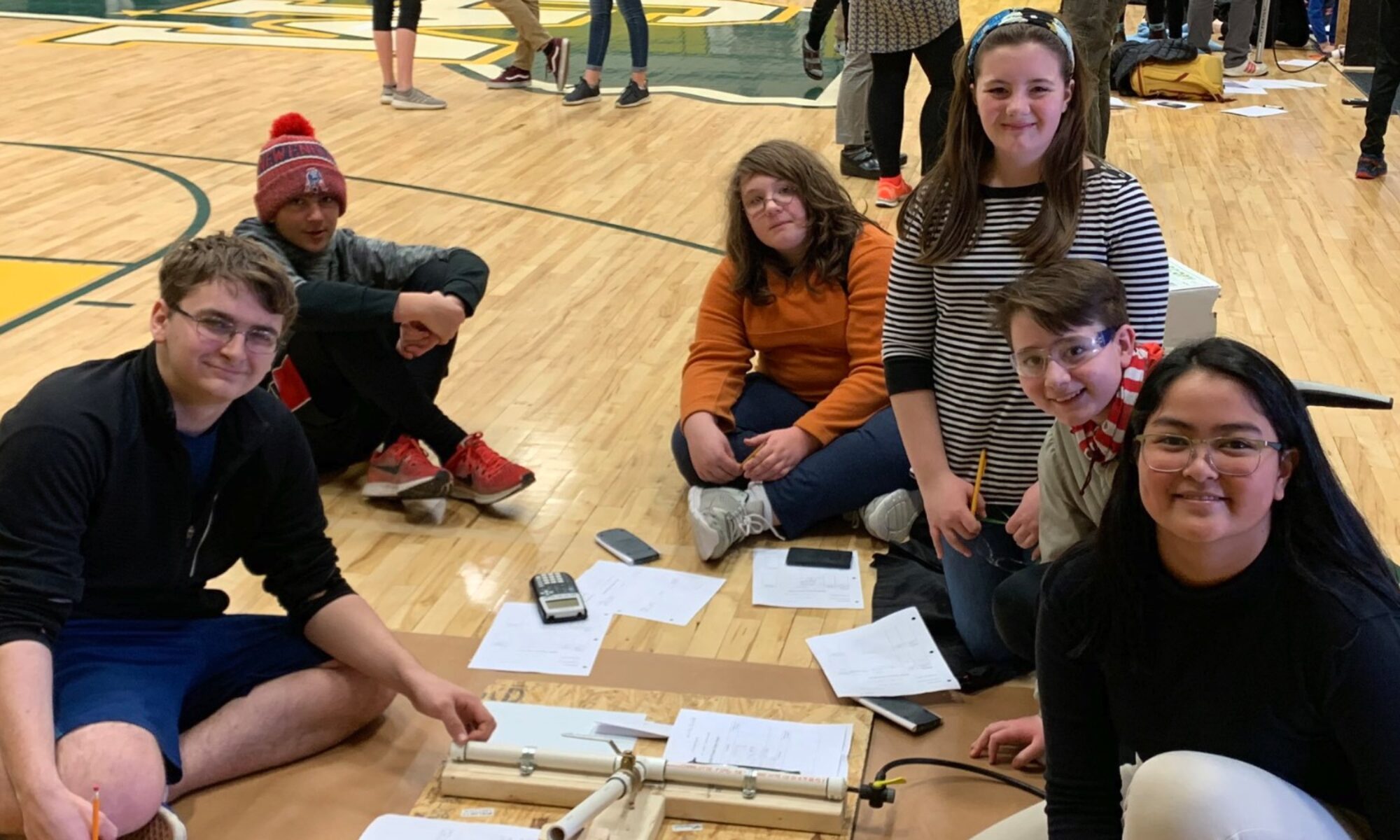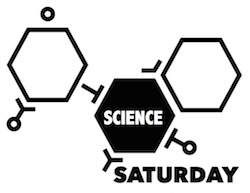To be honest, there has been an even split of successes and failures to date. Let’s take a look shall we?
So, reflection time. Trying to avoid the TLDR (too long, didn’t read) moment, sooooo, to change it up a little, I’ll let the images set the stage.



Bright spots:
- I tend to be pretty ambitious when it comes to matters of education and student success, so I knew that systemic change would not be overnight. With that understanding, I let my advisory take the lead.
- They helped brainstorm and design where and how transferable skills may be identified.
- Each worked on classroom visuals and provided feedback on the application process.
- We had 100 percent advisory participation for at least two badges incorporated into Personalized Learning Plans for the Fall Student Led Conferences.
- Two students have earned Summit Badges for earning every badge in a category. (Ex. Collaboration has four sub badges. Once each has been applied for and granted, a summit badge is earned.) Two of my students can also now review applications and hand out badges to students in their Summit Category.
- We still continue, as an advisory, to take at least one day a week to apply for badges, talk about progress, and identify ways in which they show transferable skills. Often, recognition is the difficult part.
Now for the flops.
Lack of team buy-in has been the most frustrating part of this project. Each meeting includes a lot of “Good idea.” and “Oh cool.” followed by a retreat to their rooms to continue business as usual. I understand that this is not their idea, not their project. As my Dad would say “Not my circus. Not my monkey.”
Understandably, educators have plenty to do on a daily basis, but we are required to assess transferable skills for lessons and unit of study anyway. So, I did not feel that asking team members to speak the same language was going to be met with such resistance.
Possible solution! I emailed a link to the transferable skills badge categories, and the Scholar Application, asking that the link be incorporated at the end of their assignments. Everyone agreed to give it a try (yay!) but it was never added. (bleah!) The difficulty is that students only apply for these badges in science, so MUCH too myopic for a true student buy in.
Meetings with administrators, student groups, and other coordinators have happened. Change can not be forced, so a change in focus seemed necessary.
My new tactic is to request a meeting with the fifth and sixth grade team. Possibly finding inroads earlier on will help students gain a greater understanding of transferable skills and their importance. Badging in younger grades will require different procedures, but may gain some traction as a practice for the future.


 In our current study of heat transfer, our class decided to connect science concepts to the UN Sustainable Development Goals — specifically, Goal 13, which looks to combat climate change. The challenge was to model a place where students had experienced
In our current study of heat transfer, our class decided to connect science concepts to the UN Sustainable Development Goals — specifically, Goal 13, which looks to combat climate change. The challenge was to model a place where students had experienced